Guest post by Koro Carman, Footprints Waipoua
On behalf of NZ Māori Tourism Ceillhe (TIME Unlimited) and I were very privileged to host an esteemed group of eight TravCom journalists and photographers on a recent famil to Tai Tokerau. Our mission, to meet some incredible Northland Māori tourism operators and to learn more about Northland’s Maori tourism proposition.
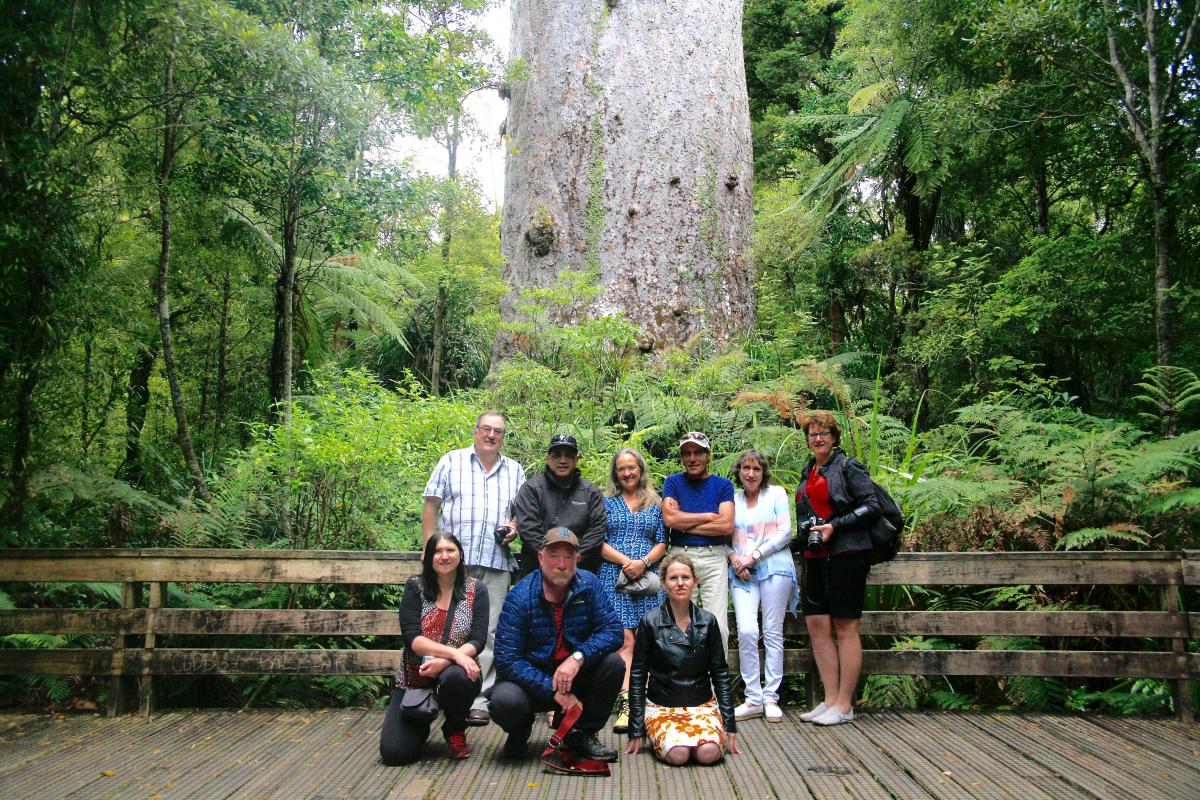 We meet at the Auckland Airport as a few of them have travelled from Taranaki and Wellington. After a mihi and introductions we (I refer to us as whanau from this point) set off in a luxury Mercedes van to Whangarei. On arrival we met Tracey Williams from the Tuatara Design Store and several other artists, some having travelled down from the Far North. The welcome and spread were amazing. The Northland Arts & Crafts scene really is made up of an exciting fabric (excuse the pun) of talents and personalities.
We meet at the Auckland Airport as a few of them have travelled from Taranaki and Wellington. After a mihi and introductions we (I refer to us as whanau from this point) set off in a luxury Mercedes van to Whangarei. On arrival we met Tracey Williams from the Tuatara Design Store and several other artists, some having travelled down from the Far North. The welcome and spread were amazing. The Northland Arts & Crafts scene really is made up of an exciting fabric (excuse the pun) of talents and personalities.
Three of our whanau were picked up by Rangimarie Harding from Tu Tika Tours, a very recent addition to Whangarei’s tourism scene, for a very personal experience. The whanau were taken back to Rangimarie’s home where they were met by her husband Mervyn with a wero (challenge). After pleasantries were exchanged our whanau selected their preferred ingredients for their hangi basket. While waiting for their hangi to cook they were taken to local points of interest including Mt Parihaka, Whangarei Falls and to Kiwi North where they met one of the oldest local residents, Flash the tuatara. 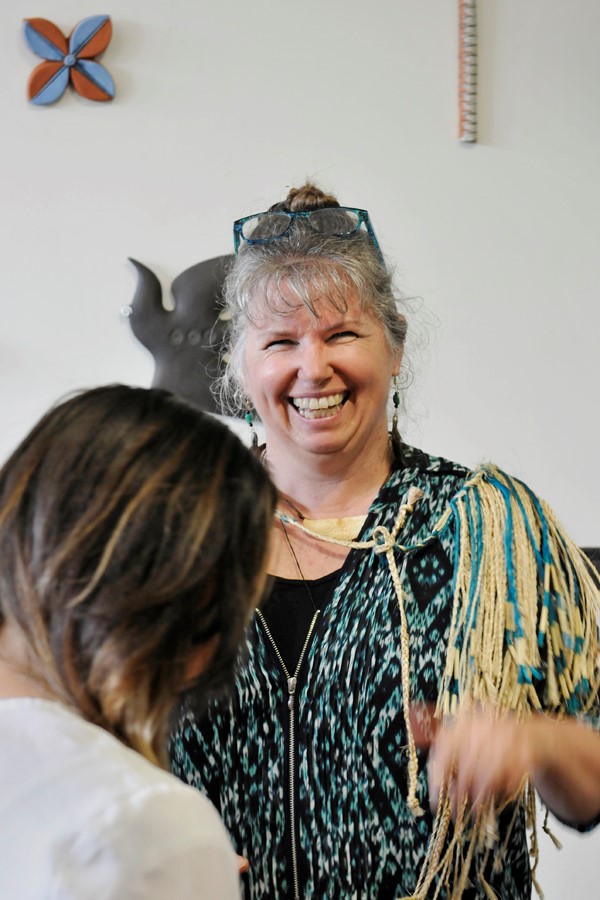
The rest of us continued on to Paihia to meet Hone Mihaka, founder of Taiamai Tours. We boarded the ferry to Russel to enjoy conversation and kai at the Duke of Marlborough. Once finished we were driven to the top of Flagstaff Hill by a friendly staff member, where Hone provided insights into the early Māori and European history of the Bay of Islands. We all met again later that night for a meal where we were joined by several Māori operators for an evening of genuine connection.
The following morning some of us went to the Kerikeri market, others chilled, and a couple of us (including me) went to the Waitangi Mountain Bike Park. The physical and mental pain was definitely worth the effort. My apologies Elisabeth for keeping you waiting.
Later that morning it was off to QRC Tai Tokerau Resort College where we talked to Donelle Tamaiparea (Operations Manager), staff members, and students. The passion and vision for the future of the school and the student pathways was infectious.
 It was back in the van and off to meet Natalie White (Marketing Manager) from the Waitangi Treaty Grounds to learn more about this very important place. We indulged in a fantastic lunch at the onsite Whare Waka Café and afterwards we are escorted by Natalie to the Marae where scores of visitors off the recently arrived cruise ship are entertained by the culture group Te Pitowhenua. We are then met by the wonderful Shari, our local Māori guide who took us on a leisurely stroll around the carefully manicured grounds while sharing stories about what has happened here over the years. We farewell the Grounds and make our way to join a Taiamai Tours waka excursion on the Waitangi river.
It was back in the van and off to meet Natalie White (Marketing Manager) from the Waitangi Treaty Grounds to learn more about this very important place. We indulged in a fantastic lunch at the onsite Whare Waka Café and afterwards we are escorted by Natalie to the Marae where scores of visitors off the recently arrived cruise ship are entertained by the culture group Te Pitowhenua. We are then met by the wonderful Shari, our local Māori guide who took us on a leisurely stroll around the carefully manicured grounds while sharing stories about what has happened here over the years. We farewell the Grounds and make our way to join a Taiamai Tours waka excursion on the Waitangi river.
A Dutch tour group enjoyed this unique experience with us. We were introduced to our life jackets and hoe (paddles) and given instructions by our leader Ropata Hohepa. We then carefully embarked the double hulled waka. In conjunction with timely chants we start cutting through the water like a blunt knife through concrete (actually not quite that bad). We ultimately stop and disembark where we are met by Hone, Judy (co-founder) and young warrior Wade Tamati. A challenge is accepted by our Dutch chief before we enter a family whare (house) where we engage in speeches and song. Some visitors feel compelled to share their personal thoughts. It’s an incredible moment.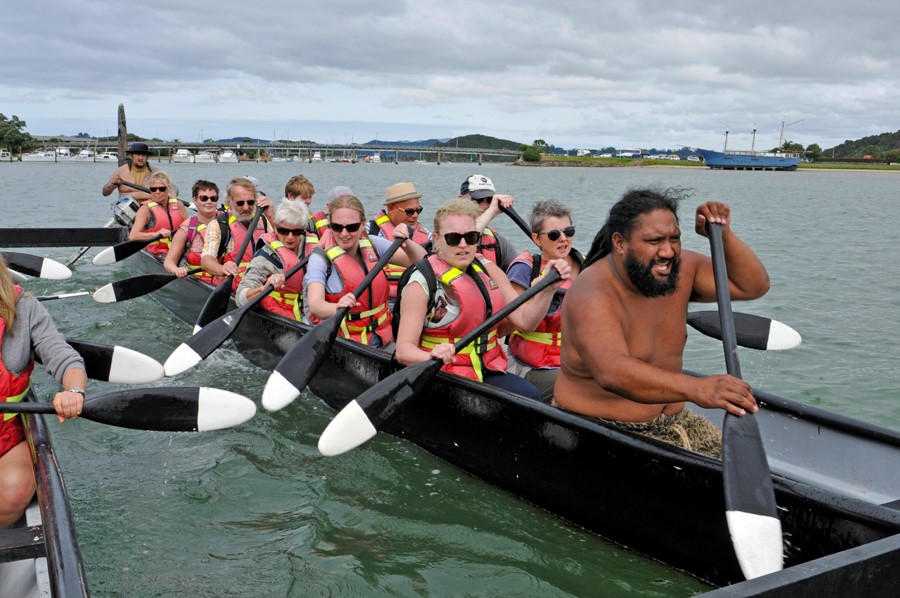
On Sunday morning we travel further North, while the All Blacks play Wales.
Our first stop is to meet Philip Sentch (General Manager) of the newly named Ka Uri Unearthed formerly known as the Ancient Kauri Kingdom. The local Ngati Kuri iwi who now own this tourist site have a very big vision for the visitor experience in the Far North. Joining us is Taylor, a young Māori man who has been identified by Iwi as being a future leader. Succession planning is a common and very welcome theme that we encounter. After a coffee and a bite to eat the whanau separate again.
 Some of us join Buzz for a tour up Ninety Mile Beach, a spot of sand boarding, and a visit to Cape Reinga, a place of spiritual and cultural significance.
Some of us join Buzz for a tour up Ninety Mile Beach, a spot of sand boarding, and a visit to Cape Reinga, a place of spiritual and cultural significance.
The others make their way to Aurere (close to Taipa) where we met with Māori tourism trailblazer John Panoho and traditional waka navigators Stanley Conrad and Matua Hekenukumai Busby. Here we learn about the art and story of traditional waka building, sailing and navigation. The amazing star compass is an absolute sight to behold. We sit down afterwards and enjoy each other’s company and listen to stories all the while munching on scones, cream and jam.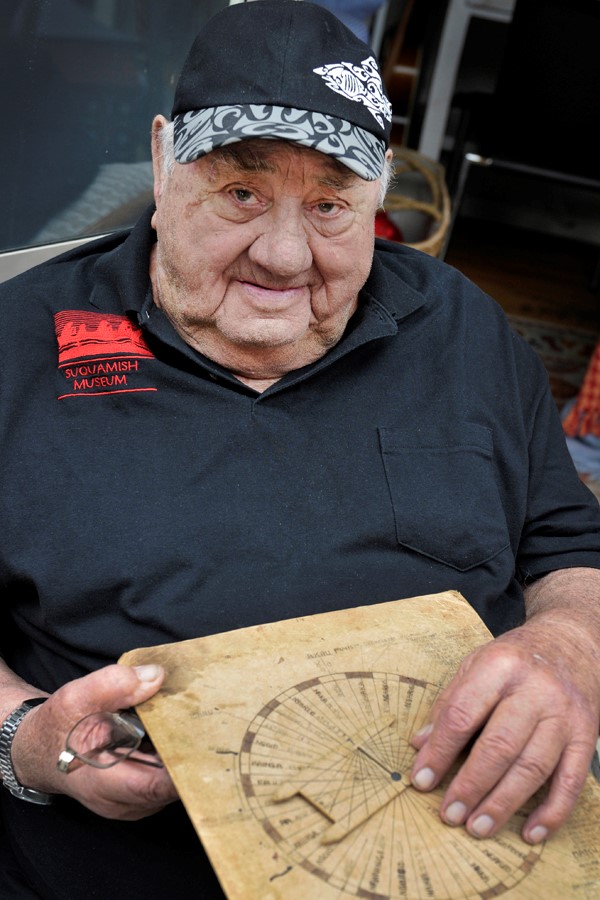
Our next stop is to see Lohnet and Robert Murray and Twyla MacDonald from Tai Tokerau Honey & Horse Treks based in Kaitaia and Ahipara respectively. What an amazing story this business has. They have 5000 hives scattered throughout the North Island and growing. Some of us took up the challenge of going for a short ride down the beach, which was truly breath taking.
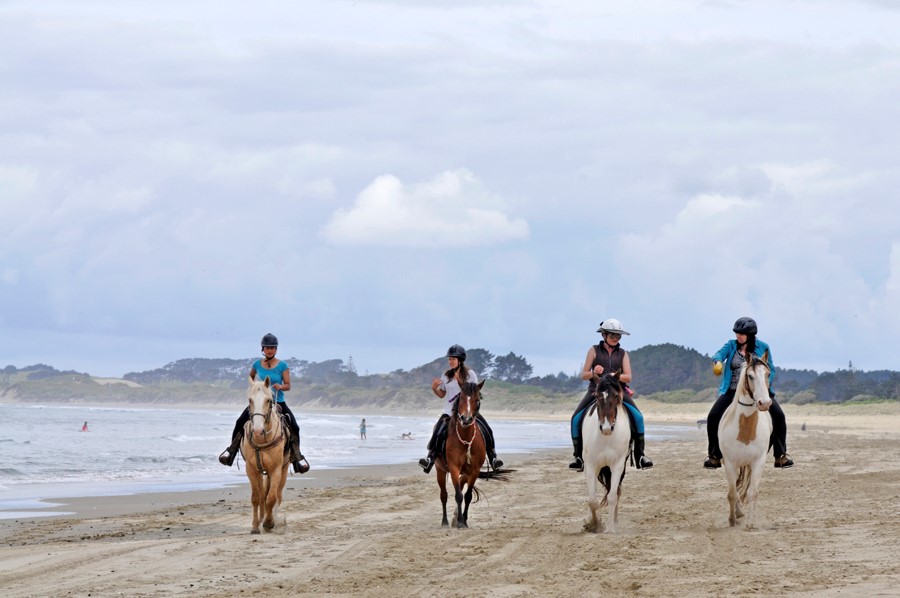 The whanau meet up once more as we meet the Kohukohu ferry to head to our final destination, Omapere and the Copthorne Hotel & Resort Hokianga. We were joined by a couple of Swedish visitors for a Footprints Waipoua night walk to the Waipoua Forest where Te Matua Ngahere (the oldest) and Tane Mahuta (the largest) remaining kauri trees in the world stand. We hear kiwi and morepork as we walk, and we are stunned at the silhouettes that these two giants cast. Amazing to think that they stood before the birth of Jesus Christ and the arrival of Kupe, and more impressively that they are still alive. We enjoy a moment of silence under both trees and then head back for a night cap.
The whanau meet up once more as we meet the Kohukohu ferry to head to our final destination, Omapere and the Copthorne Hotel & Resort Hokianga. We were joined by a couple of Swedish visitors for a Footprints Waipoua night walk to the Waipoua Forest where Te Matua Ngahere (the oldest) and Tane Mahuta (the largest) remaining kauri trees in the world stand. We hear kiwi and morepork as we walk, and we are stunned at the silhouettes that these two giants cast. Amazing to think that they stood before the birth of Jesus Christ and the arrival of Kupe, and more impressively that they are still alive. We enjoy a moment of silence under both trees and then head back for a night cap.
We had an early start to our final day. On our way to the Kauri Museum we paid a brief visit to Tane Mahuta for a group photo. Lisa Tolich (CEO Kauri Museum) and her team took us on a guided tour of a tactile Museum that tells a fascinating story about the past relationship between kauri and local settlers. We made a welcome coffee stop at Kaiwaka as Auckland crept closer and so too the end of our short journey. We met as strangers and departed as whanau.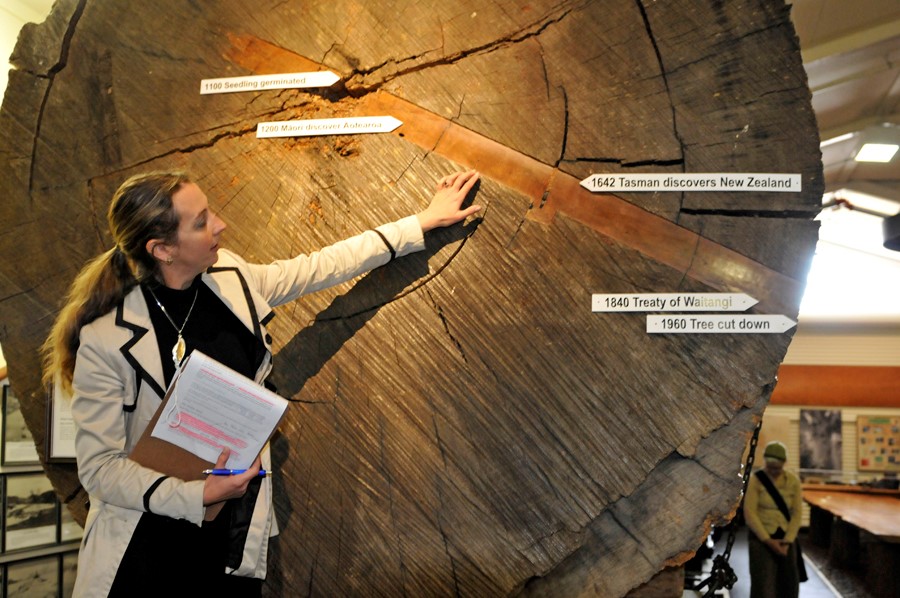
The Northland Māori tourism proposition is in good hands and has impressed everybody. I would like to thank NZ Māori To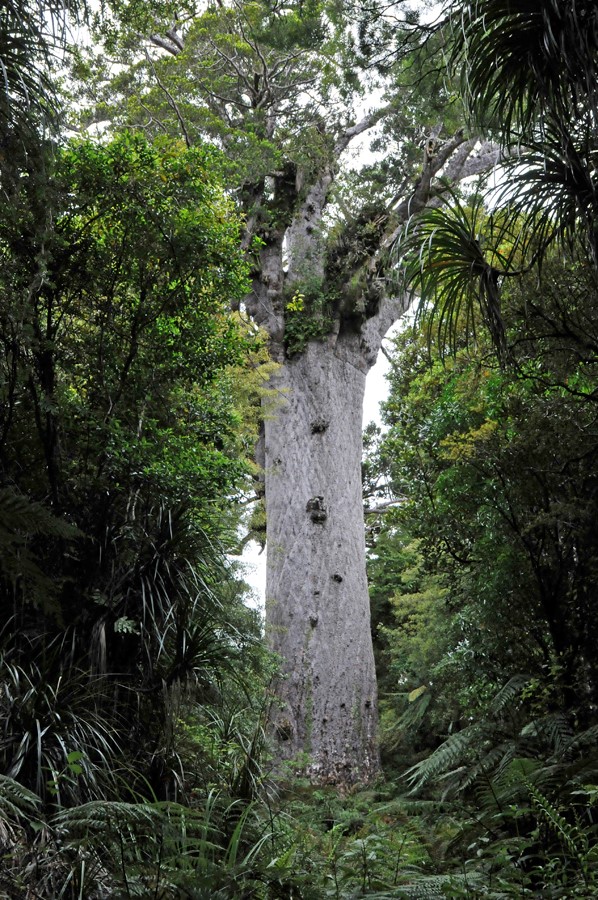 urism for initiating this opportunity, all the TravCom journalists for giving up their precious time to attend, all the operators and people we met who showcased their experiences and the region in a spectacularly amazing light. Thank you for the belly laughs and sharing of knowledge. I’m a very proud Northlander and this magical journey with really cool people has helped reinforce this.
urism for initiating this opportunity, all the TravCom journalists for giving up their precious time to attend, all the operators and people we met who showcased their experiences and the region in a spectacularly amazing light. Thank you for the belly laughs and sharing of knowledge. I’m a very proud Northlander and this magical journey with really cool people has helped reinforce this.
Thank you so much to the photographers on this trip, Julia Thorne, James Heremaia, and Richard Moore for the photos accompanying this blog post.
The journalists involved on the famil were: Elisabeth Easther, Julia Thorne, Sarah Lang, James Heremaia, John Bishop, Josie Stanford, Louise Richardson, and Richard Moore.
Special thanks to Koro Carman, Ceillhe Sperath, and all Māori tourism organisations involved in making this a successful famil. We look forward to reading the articles over the coming months!
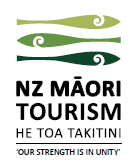

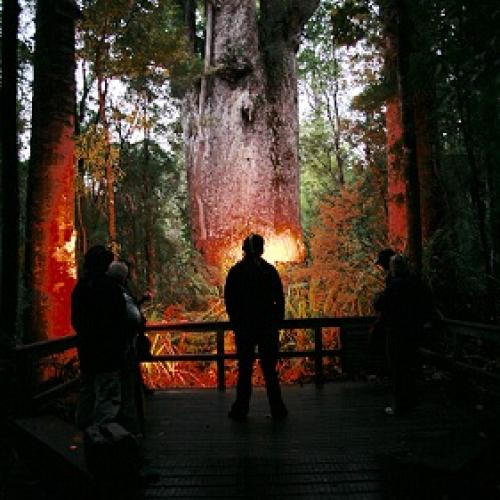
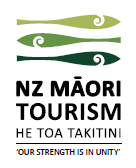
Comments
Waipoua Forest
Add new comment